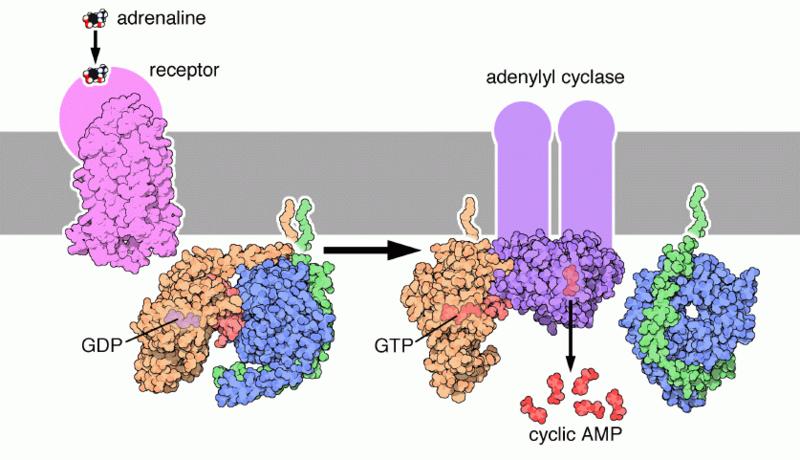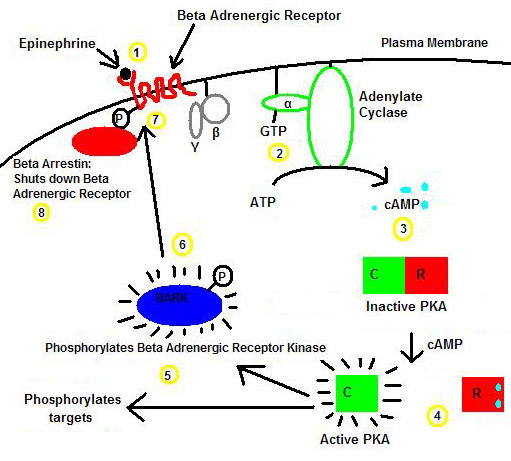Adenylate cyclase
|
WikiDoc Resources for Adenylate cyclase |
|
Articles |
|---|
|
Most recent articles on Adenylate cyclase Most cited articles on Adenylate cyclase |
|
Media |
|
Powerpoint slides on Adenylate cyclase |
|
Evidence Based Medicine |
|
Cochrane Collaboration on Adenylate cyclase |
|
Clinical Trials |
|
Ongoing Trials on Adenylate cyclase at Clinical Trials.gov Trial results on Adenylate cyclase Clinical Trials on Adenylate cyclase at Google
|
|
Guidelines / Policies / Govt |
|
US National Guidelines Clearinghouse on Adenylate cyclase NICE Guidance on Adenylate cyclase
|
|
Books |
|
News |
|
Commentary |
|
Definitions |
|
Patient Resources / Community |
|
Patient resources on Adenylate cyclase Discussion groups on Adenylate cyclase Patient Handouts on Adenylate cyclase Directions to Hospitals Treating Adenylate cyclase Risk calculators and risk factors for Adenylate cyclase
|
|
Healthcare Provider Resources |
|
Causes & Risk Factors for Adenylate cyclase |
|
Continuing Medical Education (CME) |
|
International |
|
|
|
Business |
|
Experimental / Informatics |

Overview
Adenylate cyclase (EC 4.6.1.1, also known as adenylyl cyclase or AC) is a lyase enzyme.
Types
There are ten known adenylate cyclases in mammals:
Reaction
Adenylate cyclase catalyzes the conversion of ATP to 3',5'-cyclic AMP (cAMP) and pyrophosphate.

cAMP is an important molecule in eukaryotic signal transduction, a so-called second messenger. Adenylate cyclase can be activated or inhibited by G proteins, which are coupled to membrane receptors and thus can respond to hormonal or other stimuli. Following activation of adenylate cyclase, the resulting cAMP acts as a second messenger by interacting with and regulating other proteins such as protein kinase A and cyclic nucleotide-gated ion channels.
Photoactivatable adenylate cyclase (PAC) was discovered in E. gracilis and can be expressed in other organisms through genetic manipulation. Shining blue light on a cell containing PAC activates it and abruptly increases the rate of conversion of ATP to cAMP. This is a useful technique for researchers in neuroscience because it allows them to quickly increase the intracellular cAMP levels in particular neurons, and to study the effect of that increase in neural activity on the behavior of the organism. For example, PAC expression in certain neurons has been shown to alter the grooming behavior in fruit flies exposed to blue light [1]. Researchers also use channelrhodopsin-2 in a similar fashion.
Structure

Adenylyl cyclase is a transmembrane protein. It passes through the plasma membrane twelve times.
The important parts for its function are located in the cytoplasm and can be subdivided into the N-terminus, C1a, C1b, C2a and C2b.
The C1 region exists between transmembrane helices six and seven and the C2 region follows transmembrane helix 12.
The C1a and C2a domains form a catalytic dimer where ATP binds and is converted to cAMP.
Regulation
Adenylate cyclase is stimulated by G proteins, and by forskolin, as well as other class-specific substrates:
- Isoforms I, III and VIII are also stimulated by Ca2+/calmodulin.
- Isoforms V and VI are inhibited by Ca2+ in a calmodulin-independent manner.
In neurons, adenylate cyclases are located next to calcium ion channels for faster reaction to Ca2+ influx; they are suspected of playing an important role in learning processes. This is supported by the fact that adenylate cyclases are coincidence detectors, meaning that they are only activated by several different signals occurring together.
Additional images
-
Beta adrenergic receptor kinase pathway
External links
- Adenylate+cyclase at the US National Library of Medicine Medical Subject Headings (MeSH)
